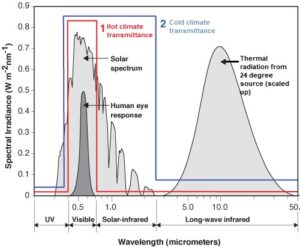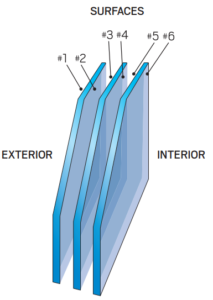The Differences Between U-Values Around the World
We often get asked about our U-values, and how they compare with those of other products. Firstly though, what are U-values?

U-values are an important metric when determining the energy efficiency of glass windows and doors. It is a measure of both how well a window or door allows heat to pass through, and the rate of non-solar heat gain through the material or assembly. The lower the value, the better its insulating value.
Unfortunately, U-value calculations are not standardised across the globe. Australia follows the American National Fenestration Rating Council (NFRC) system for our Window Energy Rating System (WERS). Meanwhile, European U-values are a different standard, and appear lower than here in Australia, even if for an identical product.
This is partly because of the different conditions in which windows are tested in Europe versus Australia. The AWA Australian Windows Association writes: “Performance calculations utilise different protocols to create their window performance data. In Europe windows are calculated to CEN (European Committee for Standardisation) protocols which utilise different temperature conditions to find the performance data of their windows. The windows will have different results to the performance data conducted in Australia.” Because of these different methods, it is difficult to compare a WERS rated product to a European.
Sometimes the WERS system can have failings in that it calculates U-values based off generic calculations, rather than looking at windows individually. This can lead to misleading claims about U-values for individual custom windows when they are really only based on a generic sample window. The European system too has a similar failing in that it’s numbers are generated from simulations rather than real world results. These two systems are best used for quickly comparing products within the same standard but are not as robust when building to the specifics required within a passive house build.

For these reasons at LAROS we calculate our own U-Values for each, and every window based on the European system to give the most accurate representation of the energy efficiency and heat gain of our windows and glass doors. The reason we chose to base it around the European system is because that is the system which is the standard within passive house design. That way you know with certainty that a window from us will perform as expected.
